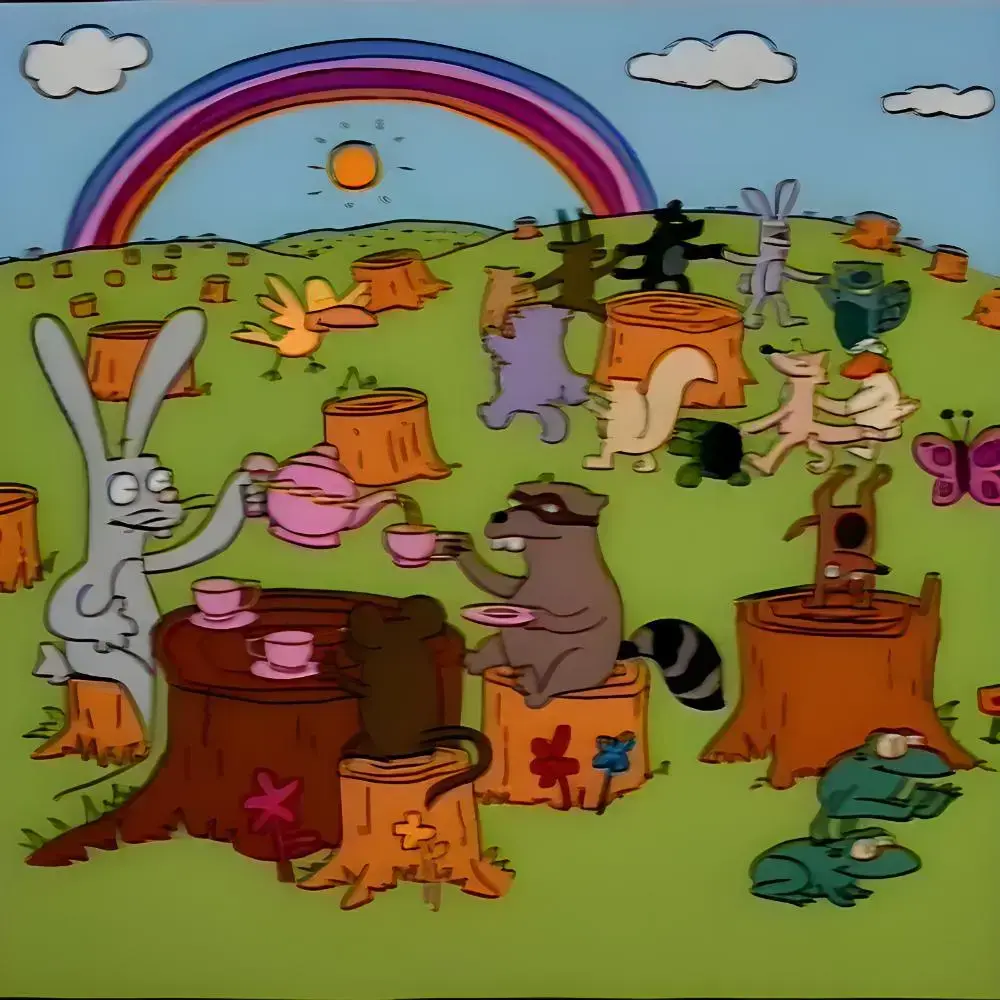Questions first, explanation underneath,
-
Are tetra-pak containers actually better for the environment? Or is it a bit of a con?
-
Would powdered Oat milk be better than tetra-pak, or other containers?
I’m getting into Oat milk, been a long time coming, finally just getting on and doing it.
We’ve ordered some Nimbus powdered online. But for now I’ve been drinking from the Tetra-pak Oat milks. Brands were Vitasoy and Oatley (apparently they’re shipped from Europe? Wtf?).
I looked up thinkstep anz’s comparative assessment of tetra-paks impacts and it comes out top. But this seems about as independent as a trouts flipper, so i’m not sure i trust their conclusion.
Any answers, or guidance would be muchly appreciated. :)


I’ve been following this convo too - from what I’ve seen, the environmental impact of tetra-paks is mostly due to the packaging itself being made from non-biodegradable materials like polyethylene. Powdered oat milk might be a better option if you’re concerned about waste and carbon emissions from transportation, but I’d love to see more research on the actual production process vs just the end-of-life packaging.
You suspect the powdering process might become more carbon intensive than liquid form? Its a good question i’ve no idea how the powdering process of any of these kinds of liquids works.
I thought things like powdered oat milk might simply be a dry mixing process. Haven’t looked that up at all though.
The reason i ended up asking here was from standing in the aisle and just seeing this wall of tetra-paks staring back at me, and i’s thinking to myself “am I missing something about these containers?”